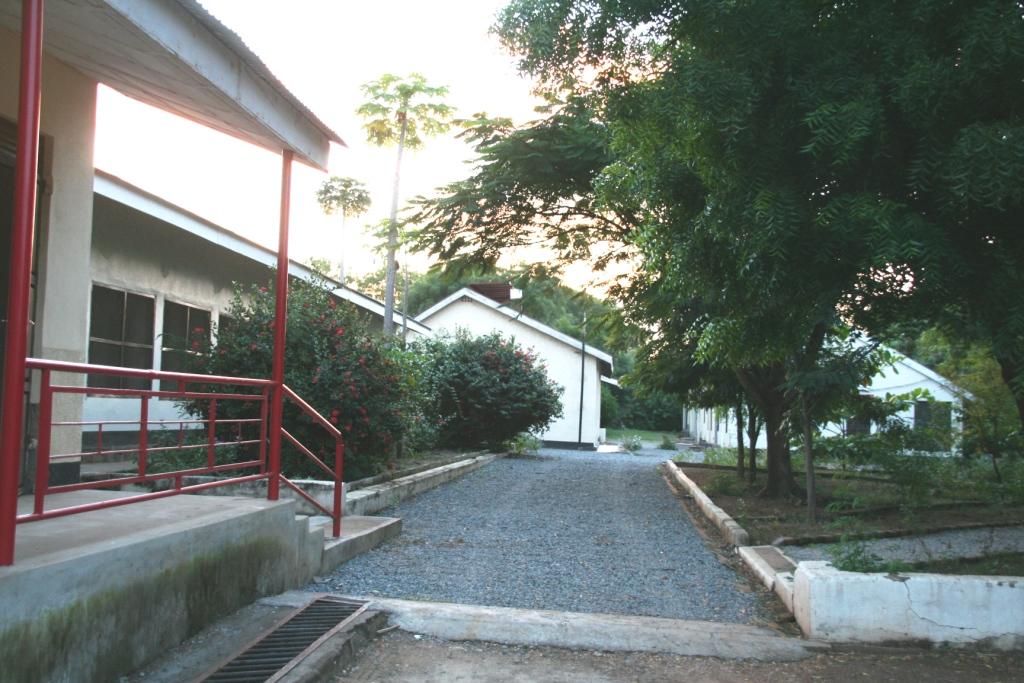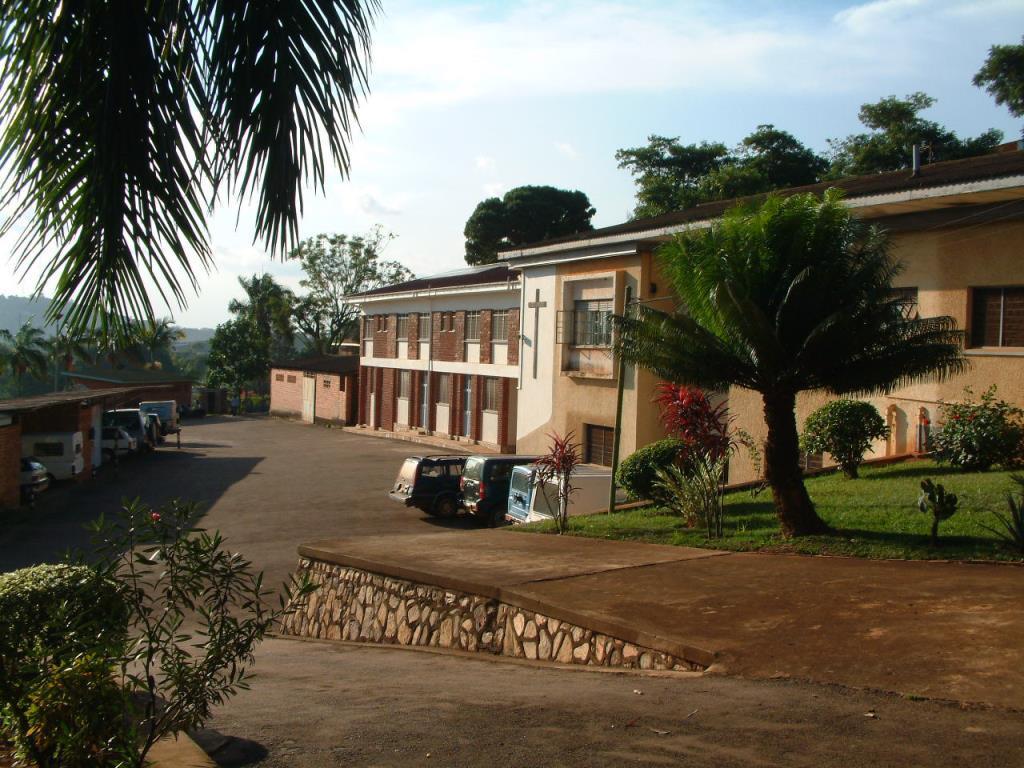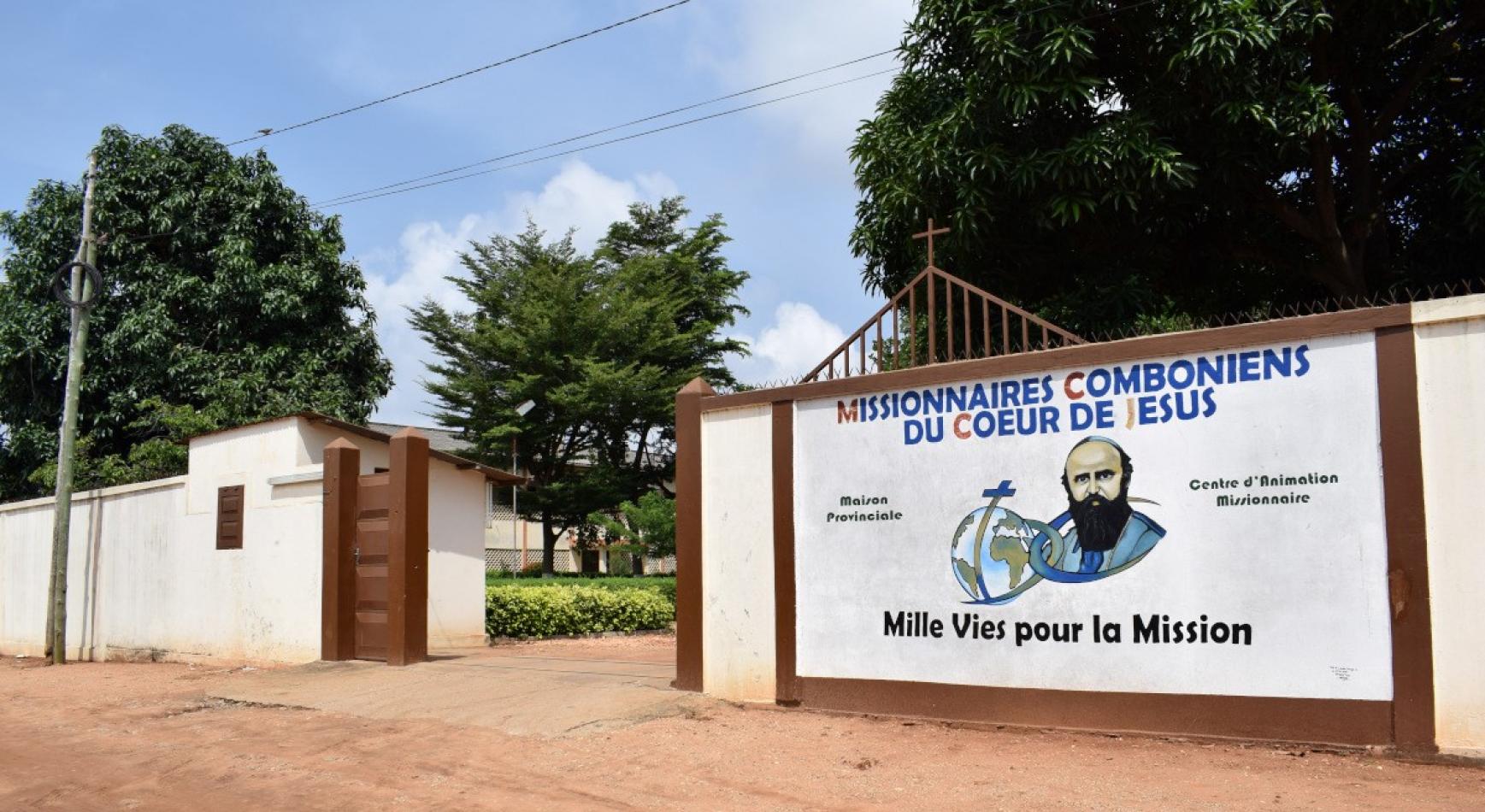Daniel Comboni
Comboni Missionaries
Institutional area
Other links
Newsletter
Headquarters: JUBA (Sud Sudan)
Daniel Comboni reached South Sudan on February 14, 1858 at Holy Cross mission on the banks of the White Nile (lat. 7°). For health reasons he left it on January 15, 1859. His first contact with South Sudan was marked by sufferings and the death of his companion, Fr. Oliboni. He and his companions went back to Italy very sick. In his missionary commitment, Comboni always cherished the wish to return to the equatorial regions of Central Africa. This earnest aspiration was not to be fulfilled by him personally, but by his followers as soon as the historical circumstances made it possible.
The first missionary station in South Sudan was opened by the Comboni Missionaries in Lul among the Shilluk in 1901. Kayango and Mbili, near Wau, among the Jur were opened in 1904. To these followed many more foundations of missions all over South Sudan and many missionaries worked and established Christian communities.
In January 1, 1956, Sudan became independent from the British-Egyptian rule. But the civil war, called later the Anyanya One, had already begun in 1955. It was caused by unjust and unfair treatment of the Southern population by the Government of Sudan. The rapid expansion of the Church in Southern Sudan received a severe blow in 1964, when all expatriate missionaries working in the Southern regions were expelled from the area. The Anyanya war ended in 1972 with the Addis Ababa Agreement.
The Institute continued to hope firmly sent back missionaries in Southern Sudan. In 1971, a Comboni community was formed in Nzara formed by Sudanese confreres. With the Addis Ababa Peace Agreement (1972), expatriate missionaries could go back to Southern Sudan but at a rather slow rhythm, due to the many difficulties in obtaining entry permits from the Khartoum Government.
In 1979, there were 15 priests and seven brothers working in South Sudan and their number kept increasing year by year. In 1980, the General Council, following the advice of the Khartoum Province, divided the Sudan into two administrative missionary areas, i.e. the Khartoum Province and the South Sudan Region, at first headed by a representative of the Superior General (Fr. Raffaele Cefalo – 1 June 1981) and subsequently by a Delegate (October 15, 1982).
In 1983, the second phase of the war between North and South began with the insurrection of the Bor Garrison led by John Garang and the beginning of the activities of the Sudan People’s Liberation Army (SPLA). In these years, the Delegation increased in personnel and commitments and on March 12, 1985 it was elevated to the status of a province. The elected provincial was Fr. Cesare Mazzolari who was succeeded by Fr. Abel Modi in 1990 when the former was appointed Apostolic Administrator of Rumbek.
The conflict broke the province into two: the communities in territories controlled by the government under the jurisdiction of Fr. Modi, and the communities in territories controlled by the SPLA that did not have contact with the provincial superior. For this reason in 1991 the General Administration decided to appoint Fr. Calligari coordinator of the New Sudan Group that comprised the missionaries working under SPLA held areas. The New Sudan group of Comboni Missionaries consisted of 13 confreres with four communities: Nzara, Loa, Isoke and Yirol. In 1992 SPLA tried twice to take Juba with the only result to make life more miserable for the poor citizens of Juba. For safety reasons all the expatriate missionaries were asked to leave the town. Some Sudanese confreres remained in Juba up to 1994.
By the end of May 1992, an escalation of the conflict forced all the Comboni missionaries, except for the community of Nzara, left South Sudan. These confreres met in Nairobi for an assessment. As a result, some were assigned to other provinces, and some remained to take care of the Sudanese refugees in Kakuma (Kenya) and Kocoa (Uganda). By the end of July, there were nine confreres left in the New Sudan Group. Fr. Francesco Chemello was appointed coordinator of the group and the main target was to keep the little flame alive by being close to the people in their suffering wherever was possible. Head-quarters were in Jacaranda House, Nairobi.





